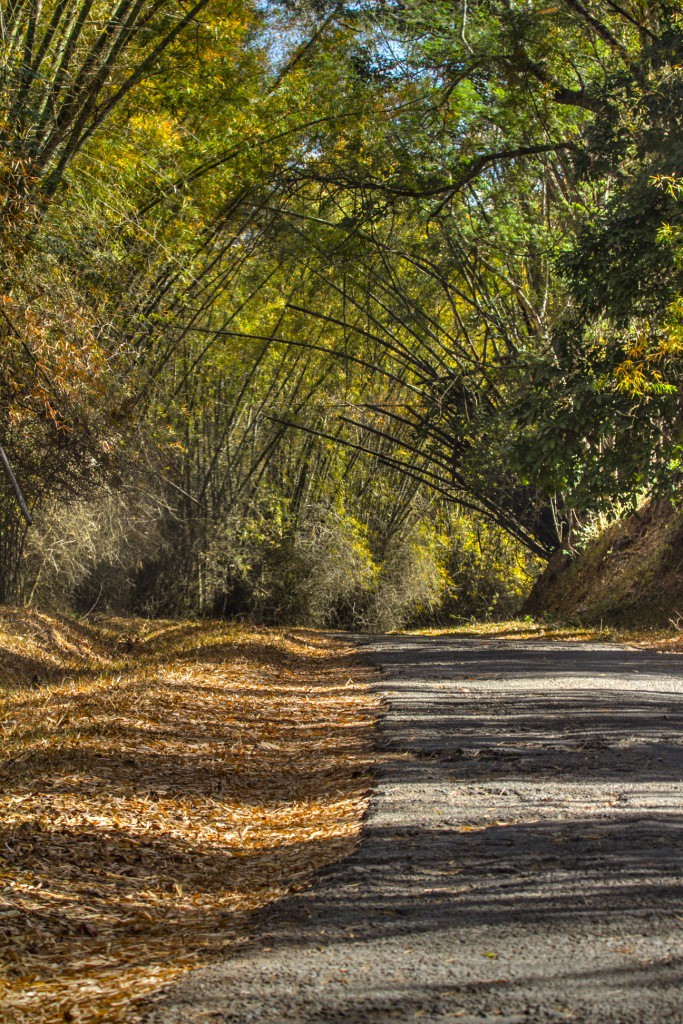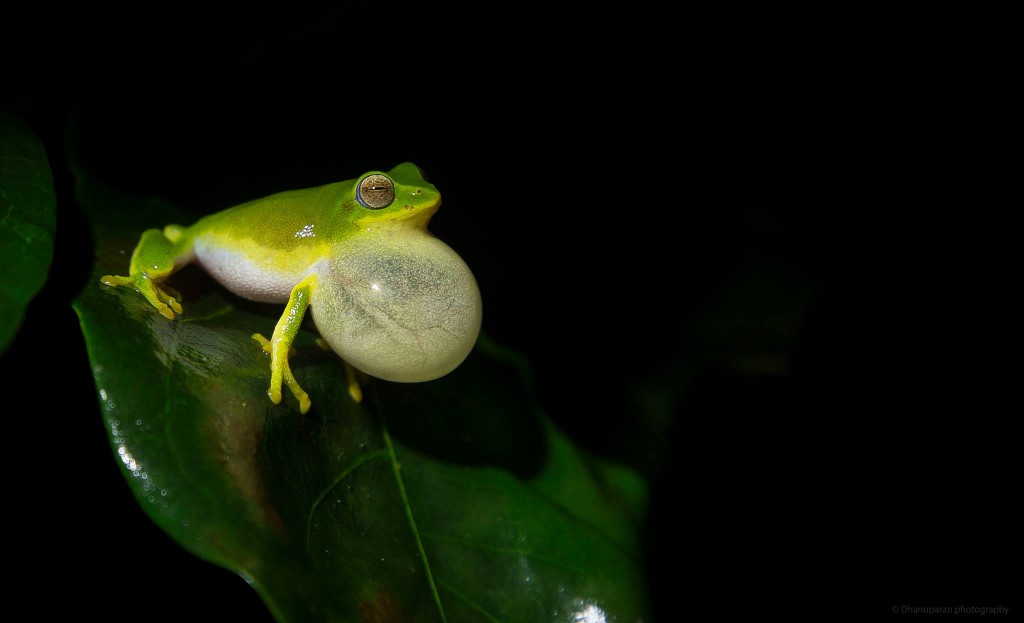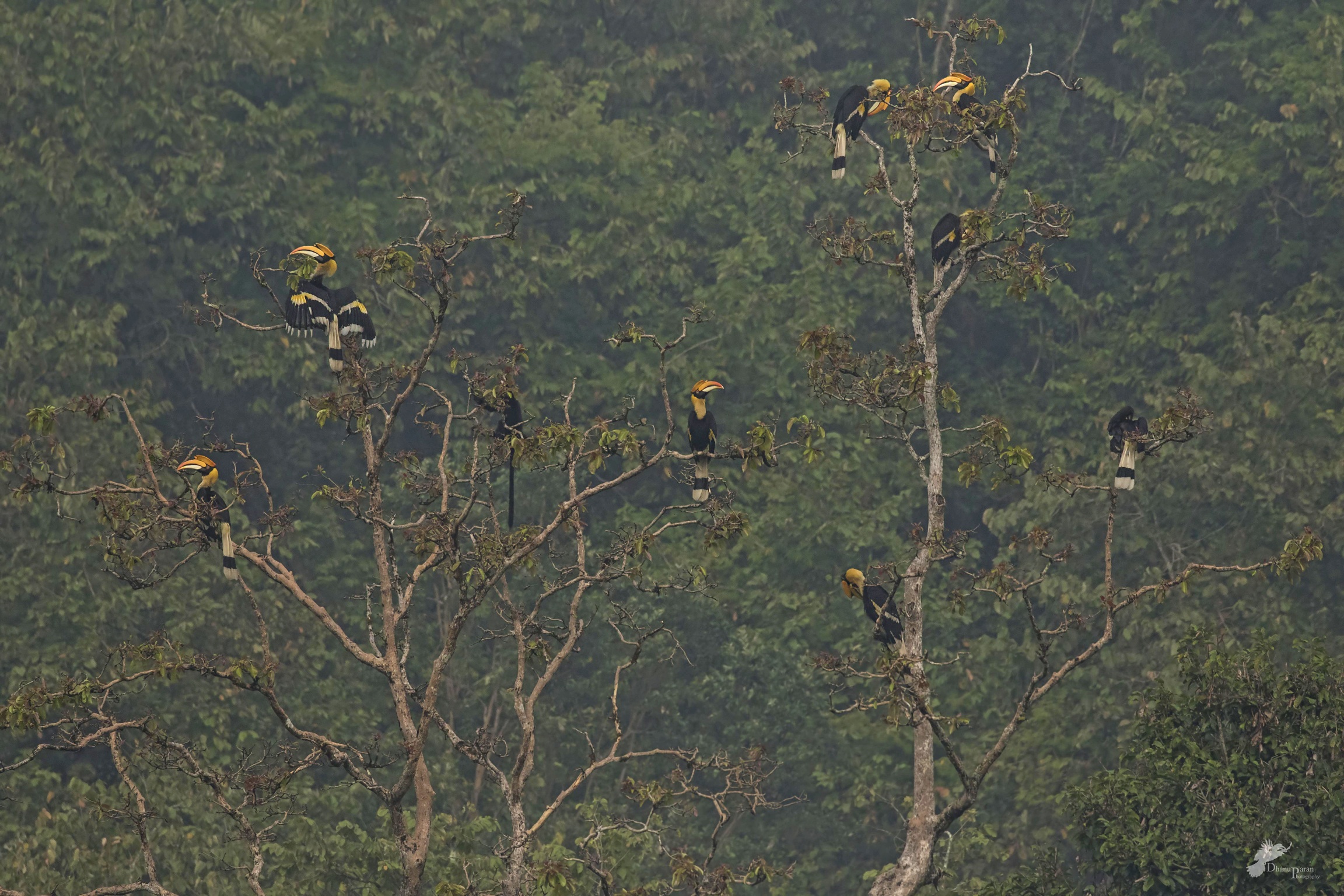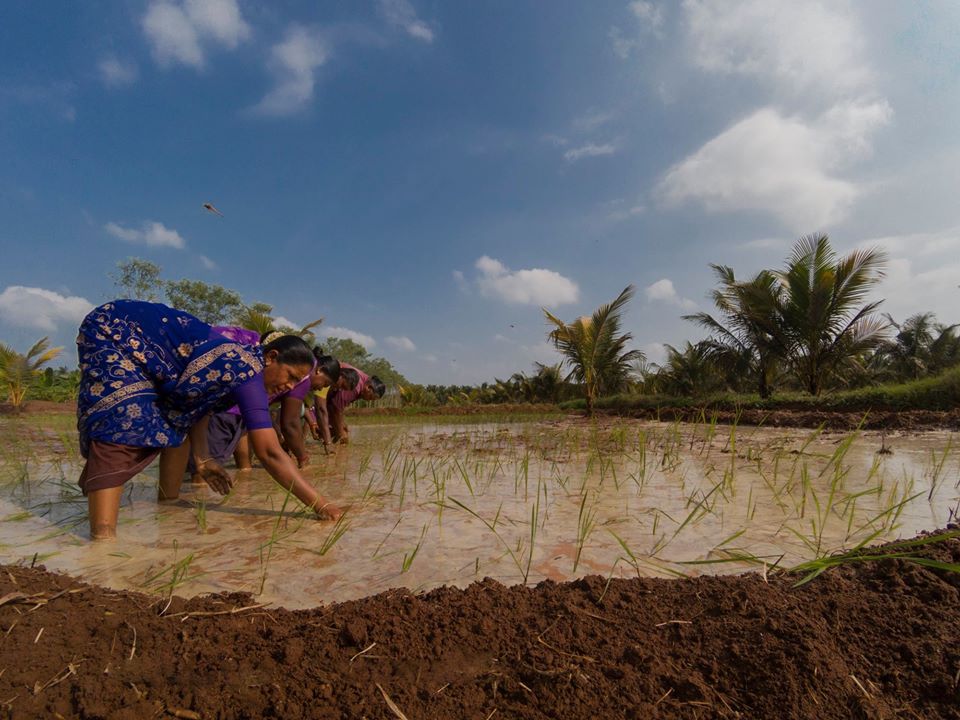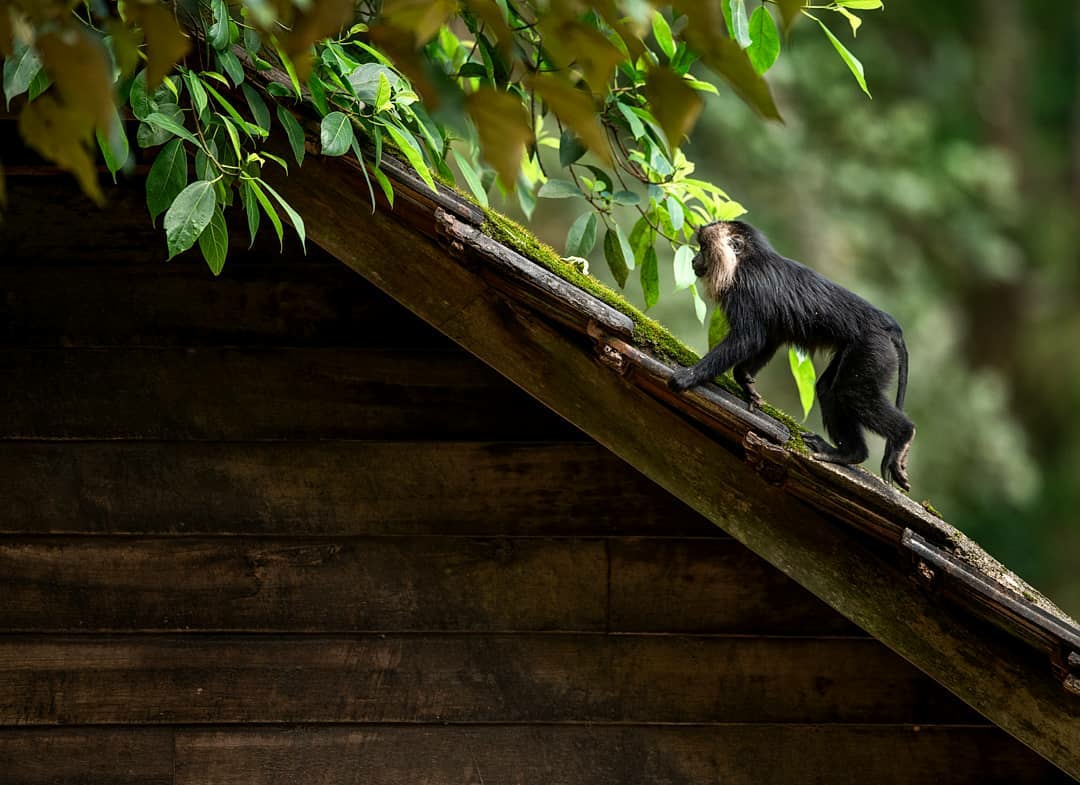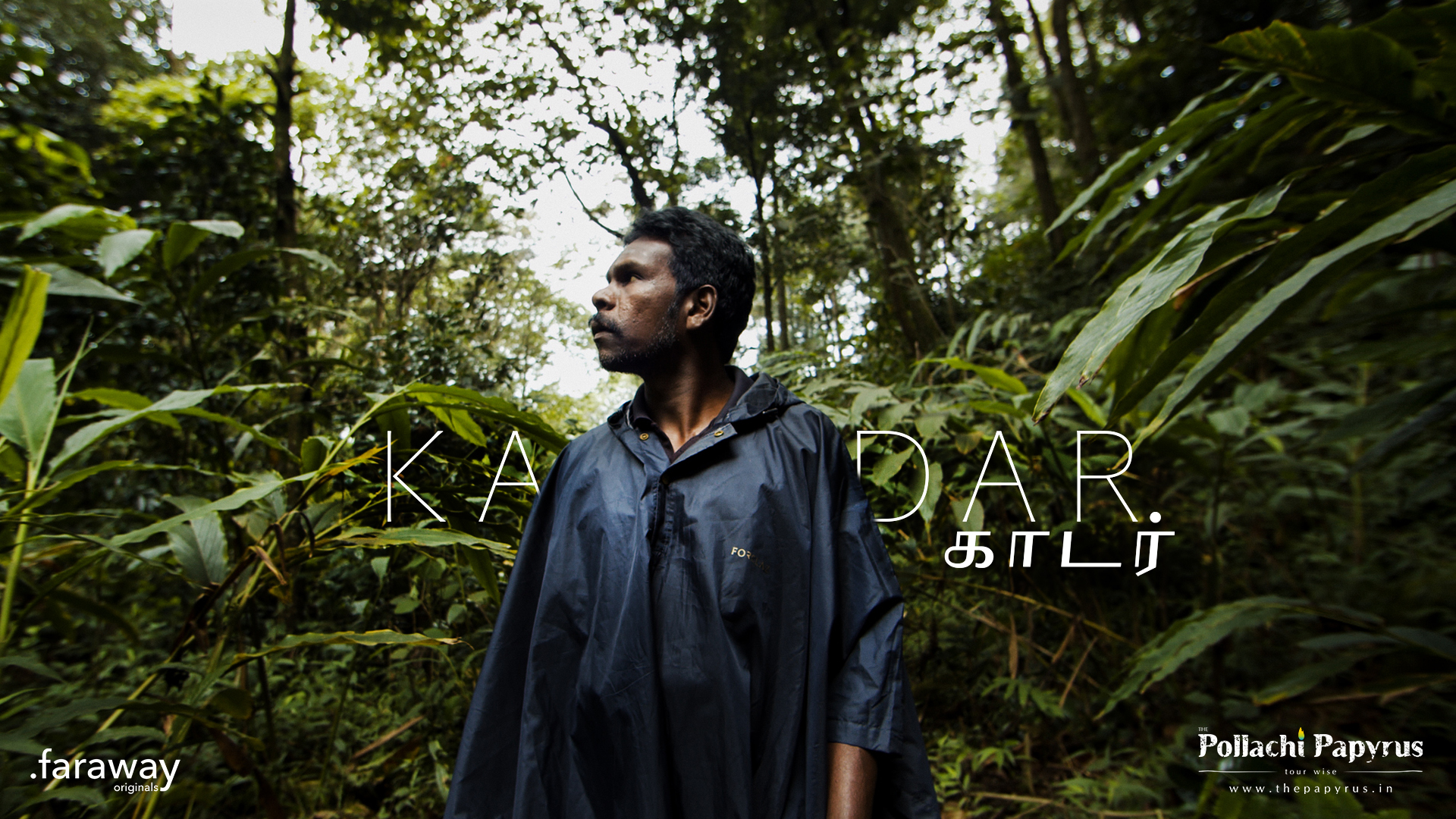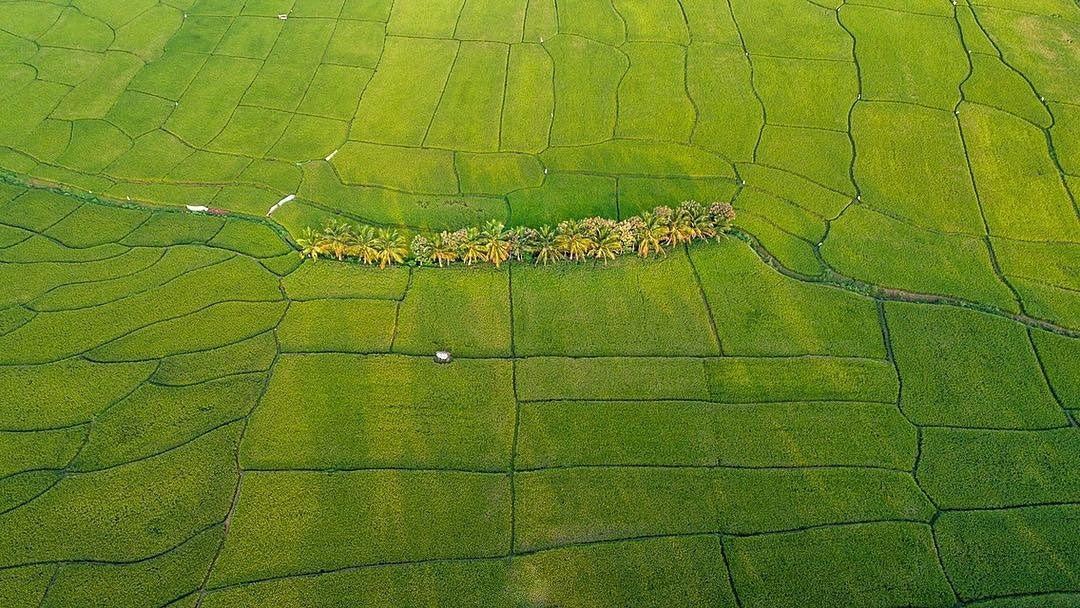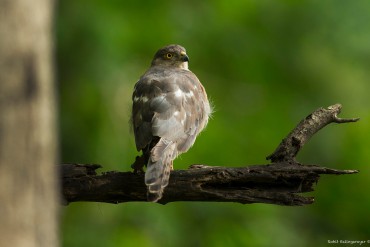The Anamalai Tiger Reserve is one of the hot spots of biodiversity in the Western Ghats covering 958 sq.kms. The unique ecological tract has an undulating topography and climate variations which support a wide variety of flora and fauna. Tribals form an integral part of the Sanctuary. The floral diversity is enormously rich as the terrain offers a wide range of natural parameters like topography, climate, temperature, rainfall etc. The floral wealth is estimated to be over 2000 species of which about 400 and odd species are of prime medicinal value.
Geography
The Park is located in the district of Coimbatore, in Tamil Nadu from 10°12½’ to 11°07’N latitude and 76°00′ to 77°56½’E longitude. The altitude varies from 340m to 2400m, and the mean annual rainfall is between 500mm in the south western fringes to 5000mm on the north east. The climate is moderately warm almost throughout the year and fairly cold during the winter months of November and December.
The Ranges
The Anamalai Tiger Reserve is a significant segment of the Western Ghats, which possesses many endemic species and is a unique ecological tract rich in biodiversity. The IGWLS, declared as a Wildlife Sanctuary in 1976, falls within three taluks of the Coimbatore District namely Pollachi, Valparai [Vaalpaarai] and Udumalpet with six territorial ranges – Pollachi, Vaalpaarai, Ulandy [Top Slip], Manamboly, Udumalpet and Amaravathi. The forest tract of the Anamalais exhibits a wide diversity in terrain, elevation and climate thus supporting diverse vegetation with striking differences – from luxuriant tropical evergreen forest to thorn forest and scrub jungles. The Anamalai hills are a continuation of the vast Western Ghat mountains that run southwards through Travancore [Thiruvanandapuram] – Cochin [Kochi]. On the west, they are cut off from the Nelliampathy hills by the valley of the Thekkady river and on the east, from the Palani hills by the valley of Pachiar. The northern slopes descend precipitously to the cultivated plains of Coimbatore. This is separated from the Aiyamalai and Bolampatti hills of the Coimbatore division, which connect on to the Nilgiri hills by the break in the Western Ghats, known as the ‘Palghat gap’ which is about 50 kms wide.
The ATR is managed by the Field Director, Pollachi and falls within the administrative control of the Coimbatore Forest Circle headed by the Conservator of Forests, Coimbatore. The sanctuary has six administrative ranges –
Pollachi :: Range Head Quarters at Anamalai Farm :: 109.72 sqkm
Vaalpaarai :: Water Falls :: 171.50 sqkm
Ulandy :: Top Slip :: 75.93 sqkm
Manamboly :: Vaalpaarai :: 138.76 sqkm
Udumalpet :: Udumalpet :: 290.18 sqkm
Amaravathi :: Amaravathi Nagar :: 172.50 sqkm
Flora
Varied forest types ranging from Umbrella thorn forests, southern dry deciduous, southern tropical moist deciduous, western tropical evergreen forests and the southern mountain wet temperate forests (sholas & grasslands).
Fauna
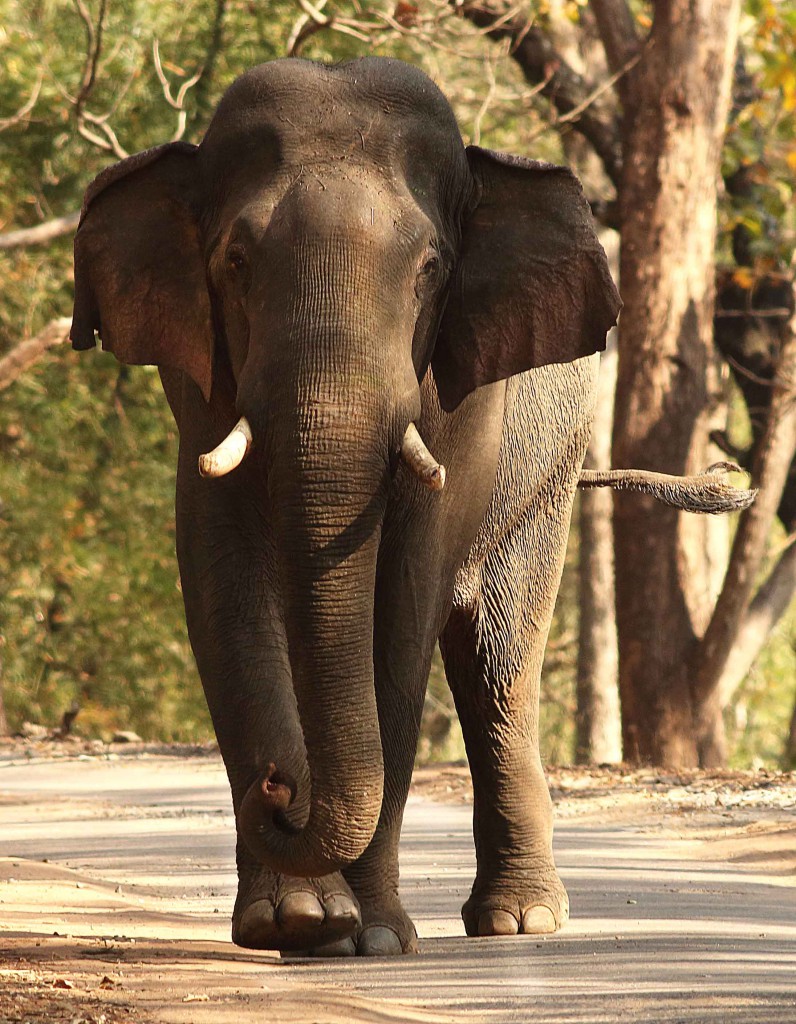
Mammals in the Park include tiger, leopard, sloth bear, dhole or the Asiatic wild dog, golden jackal, leopard cat, jungle cat, rusty spotted cat, elephant, gaur, sambar, chital or spotted deer, muntjac or barking deer, chevrotain or mouse deer, wild pig, nilgiri langur, common langur, bonnet macaque, lion-tailed macaque, common palm civet, small Indian civet, common mongoose, striped necked mongoose, ruddy mongoose, smooth Indian otter, slender loris, spiny dormouse, porcupine, Indian pangolin, malabar giant squirrel, giant flying squirrel and three striped palm squirrel etc.
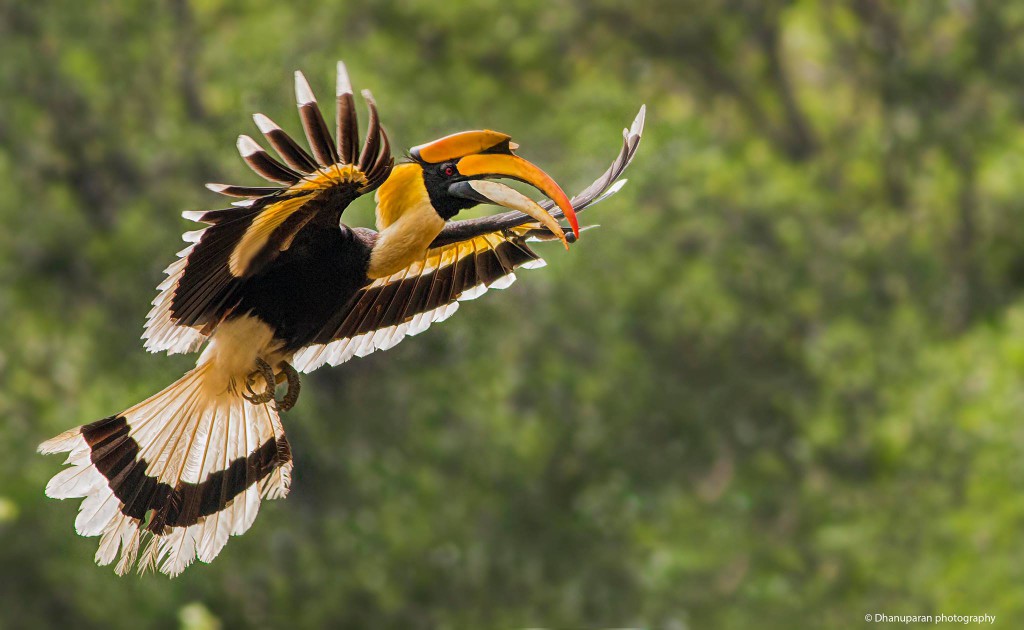
Over 250 species of birds have been identified in the Park. Some of the most important groups include, cormorants, ducks, teal, darter, partridge, quail, jungle fowl, spur fowl, pea fowl, parakeets, hornbills, barbets, drongos, orioles, shrikes, warblers, flycatchers, woodpeckers, chloropsis, trogons, kingfishers, storks, egrets, fish eagle, hawk eagles, harriers, falcons, kites, owls, nightjars etc.
Reptiles include toads, leaping frogs, torrent frogs, tree frogs, pythons, cobras, kraits, vipers, grass snakes, forest cane turtles, travancore tortoises, flapshells, star tortoises, flying lizards, chameleons, forest calotes etc.
Approach and Accomodation
By road from Coimbatore to Pollachi (40 kms) to the Wildlife Warden’s Office and then by road to Top Slip (35 km), or to Udumalpet (40 kms – Amaravathi and Udumalpet range), or to Vaalparai (65 kms – Vaalparai and Manamboly range) Entry time is between 6 am and 6 pm. Department vehicles are available for wildlife viewing. The ideal time to visit the Park is between May and January. Plenty of accomodation is available at different ranges of the Park from 2-bed rooms to 20-bed dormitories.
For reservations and more information, contact The Field Director, Anamalai Tiger Reserve, 178, Meenkarai Road, Pollachi – 642 001. Tel: +91 4259 – 225356.
Source – www.discoverwild.in


